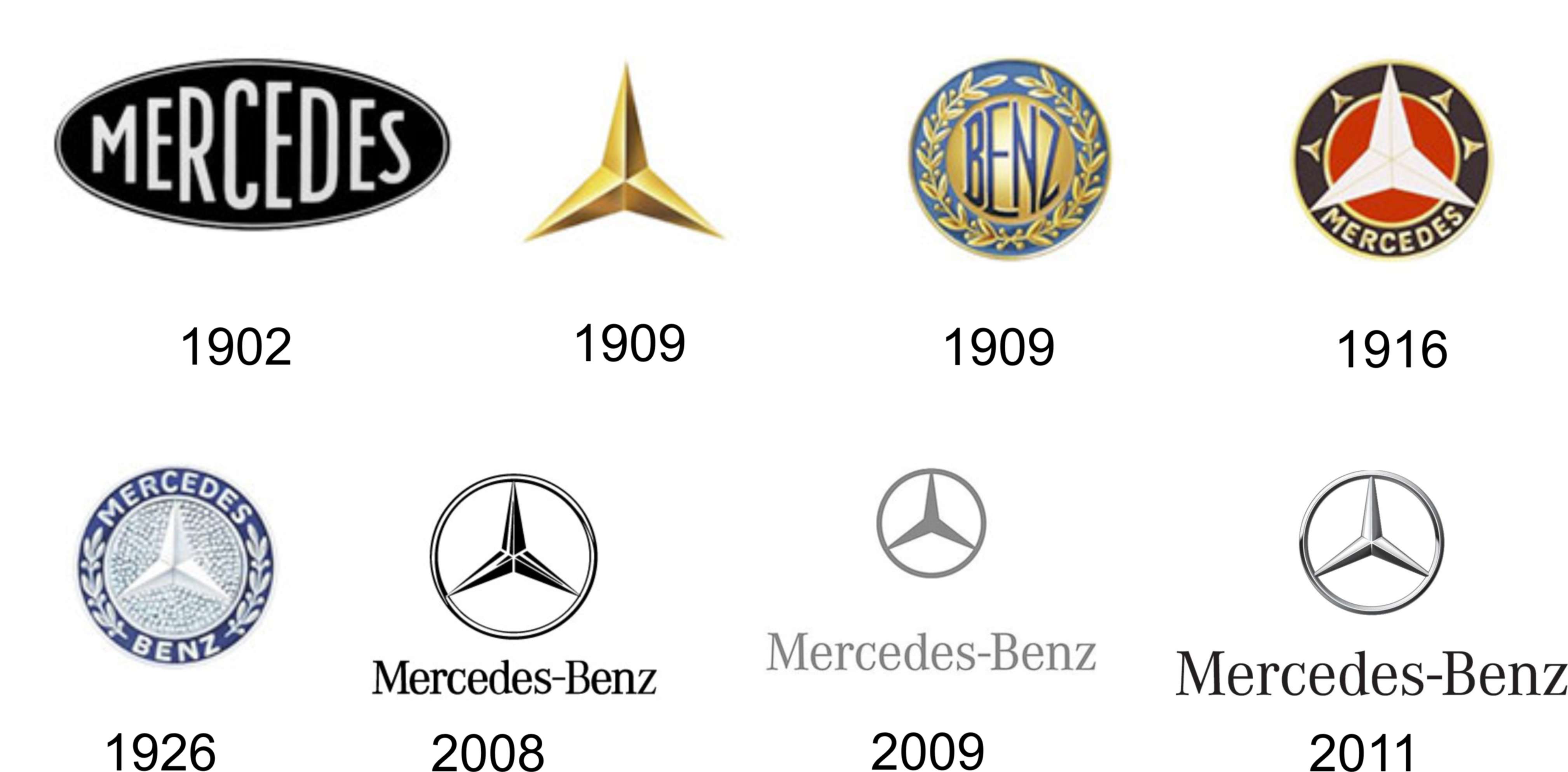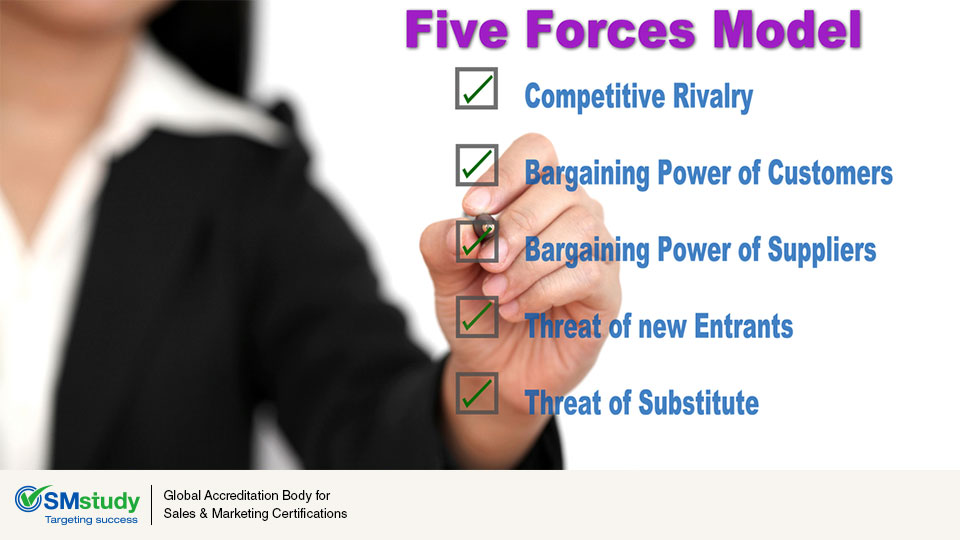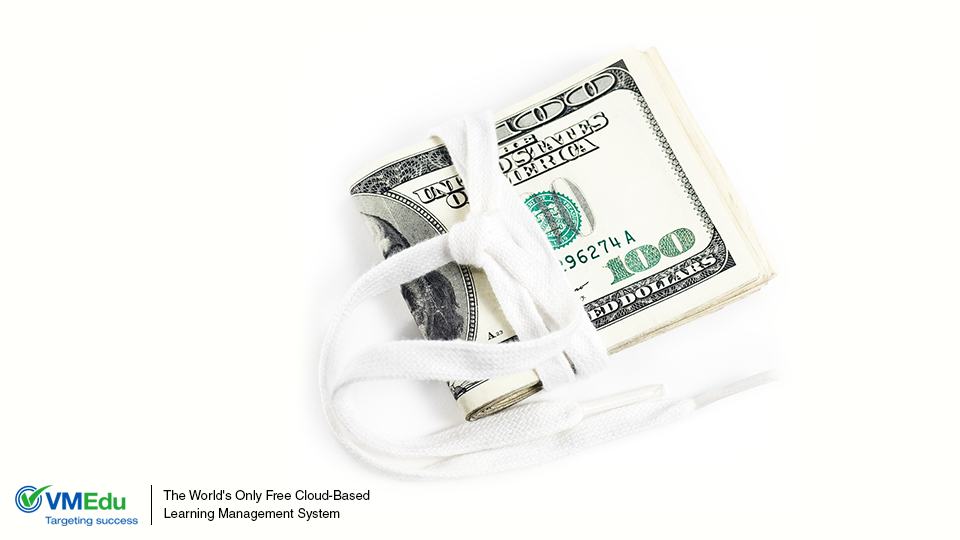It may be time to recognize that data collected from social media will not so easily reveal its immediate impact on a company’s sales (as we’ve said before, it’s proven to be a bit slippery). But this doesn’t mean the baby should be thrown out with the bathwater. In finding ways to prove its value, social media marketers are changing the conversation away from a cause/effect relationship between a company’s marketing and its ROI to a deeper understanding of social data’s value. And as it turns out what it offers is way more valuable- the unprecedented parse-able social insights of a population.
In a recent post, we explained that the number one problem facing social media marketers today is tying social data to an increase in the bottom line (or the sales of a product or service). The challenge of “proof,” in turn, was making it harder to make a case for additional investment in social media marketing.
We said, “Demonstrating the value of the social programs within the company was, in fact, the top challenge noted (60%) by survey participants consisting of 600 media marketing professionals.”
The State of Social Marketing 2015 report by Simply Measured states, “Companies of all sizes and maturity levels are struggling to prove the value of their social programs. Social media activities can be difficult to quantify, and marketers are trapped between readily available “vanity metrics,” such as Likes and followers, and difficult-to-measure objectives such as brand awareness.”
We went on to suggest that unless there’s a collapse of the capitalist system, better tools will surely arise to address the challenge. But we also noted, of equal, if not greater importance, would be the ongoing discovery of more creative and accurate ways to query the data.
As marketers hone in on methods to extract the gold nuggets of consumer intel out of the mountain of information, they’re hitting upon the true capital of social media- the most comprehensive picture of consumer behavior, sentiment and decision-making process they’ve ever been blessed to lay hands on. This might not be the smoking gun that ties directly to a sale, but, in fact, presents many more gifts in the long run as John Donnelly III, SVP of global sales and marketing at Crimson Hexagon, points out.
“One of the most effective ways to glean consumer insights is by analyzing social media conversation… sales teams are realizing that social media is rife with information about what their prospects care about, how they consume media and what motivates their decision-making,” said Donnelly.
Based on Donnelly’s presentation and other insights, here are some ideas to consider when taking the dive into social data.
Get granular. Almost any question a marketer has regarding brand perception, market competition and the general sentiment of people discussing a product or brand can be found through social media analytics, so ask away.
Getting granular also let's marketers zero in on microsegments of the population that either are or can be Word-of-Mouth advocates for a brand or product.
Word of Mouth is the golden standard for all marketers. The ability to target Word-of-Mouth advocates on social media can be the difference between success and failure. Writing for convice&convert, Devon Wijesinghe discusses the importance of Word of Mouth and how it can be used.
“This rich source of information comes in handy when you’re looking to generate Word of Mouth about your brand. Tapping into the “right” market segments—segments whose interests and values are aligned with your brand—can be the catalyst your campaign needs,” Wijesinghe said.
Layer trending topics on top of a hyper-targeted market segment (both bits of information available through social media data analysis) and a marketer has made a happy marketing marriage.
Focus groups may be passe according to some, but testing is still very much a part of the marketing strategy. From a product standpoint, social media insights can reflect the strengths and weaknesses of a product’s lifecycle as well as the effectiveness of current marketing efforts. Filling the role of the modern-day focus group, social media insights are also valuable for taking the temperature of the public on an idea such as a logo or slogan, a product or service. Testing the social media world’s tastes and perceptions allows for adjustment before launching, saving money and perhaps even preventing a catastrophic mistake.
Social media data is virtually limitless (pun optional) and social media marketers are stepping up and learning how to use it best. We expect to be reading many more social media data “hacks” in the future. Stay tuned.
Visit smstudy.com/articles for additional articles on sales and marketing.
Sources:
"How to Sell Smarter Using Social Insights," Devon Wijesinghem http://www.convinceandconvert.com/social-media-measurement/social-insights/
"Supercharge Your Selling Strategy: The Power of Social Data," John Donnelly, https://inbound.org/discuss/john-donnelly-forget-the-focus-group-how-social-insights-can-help-you-sell-smarter-at-inbound15
The State of Social Marketing- 2015, Simply Measured, http://simplymeasured.com/#sm.0001gymsunkgqdcepli19xtqnlo4p













